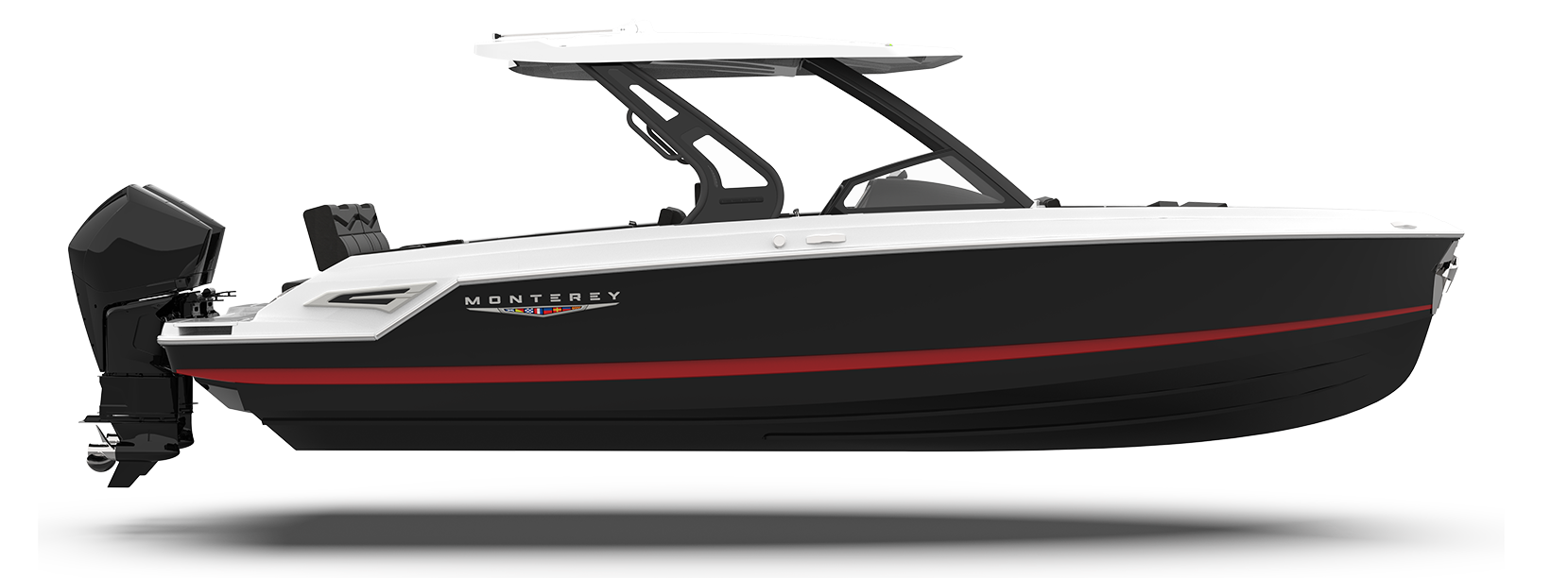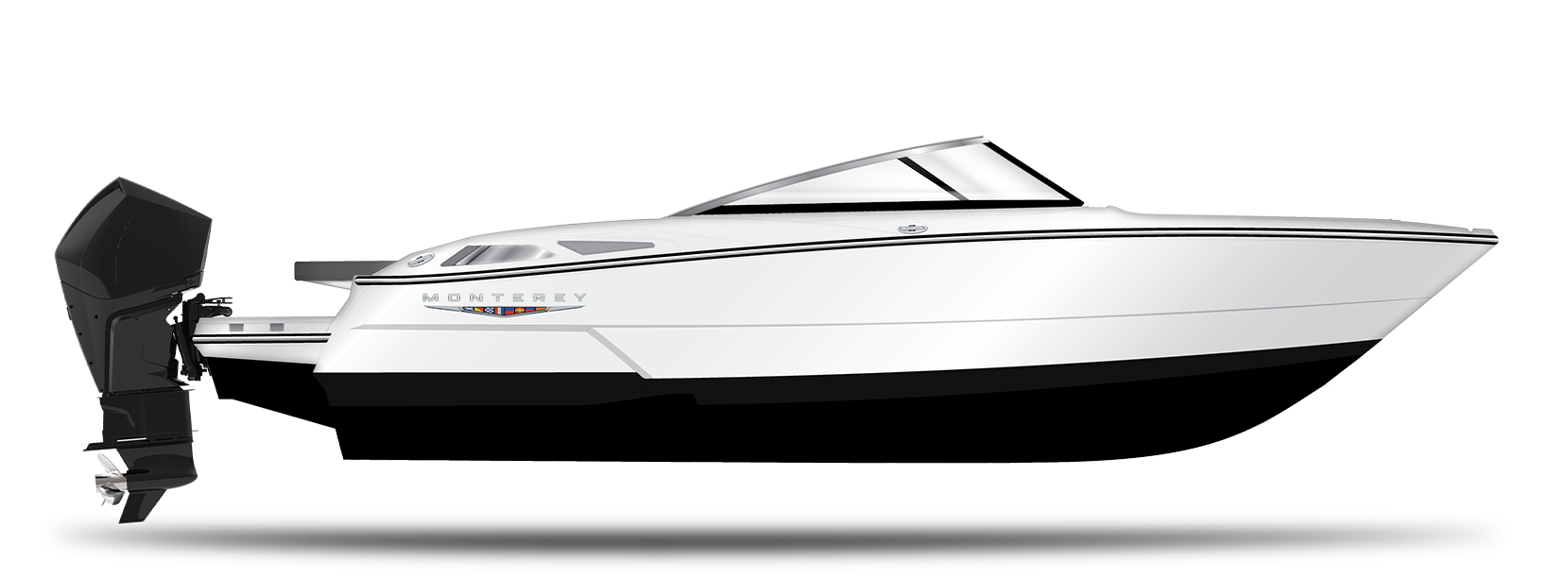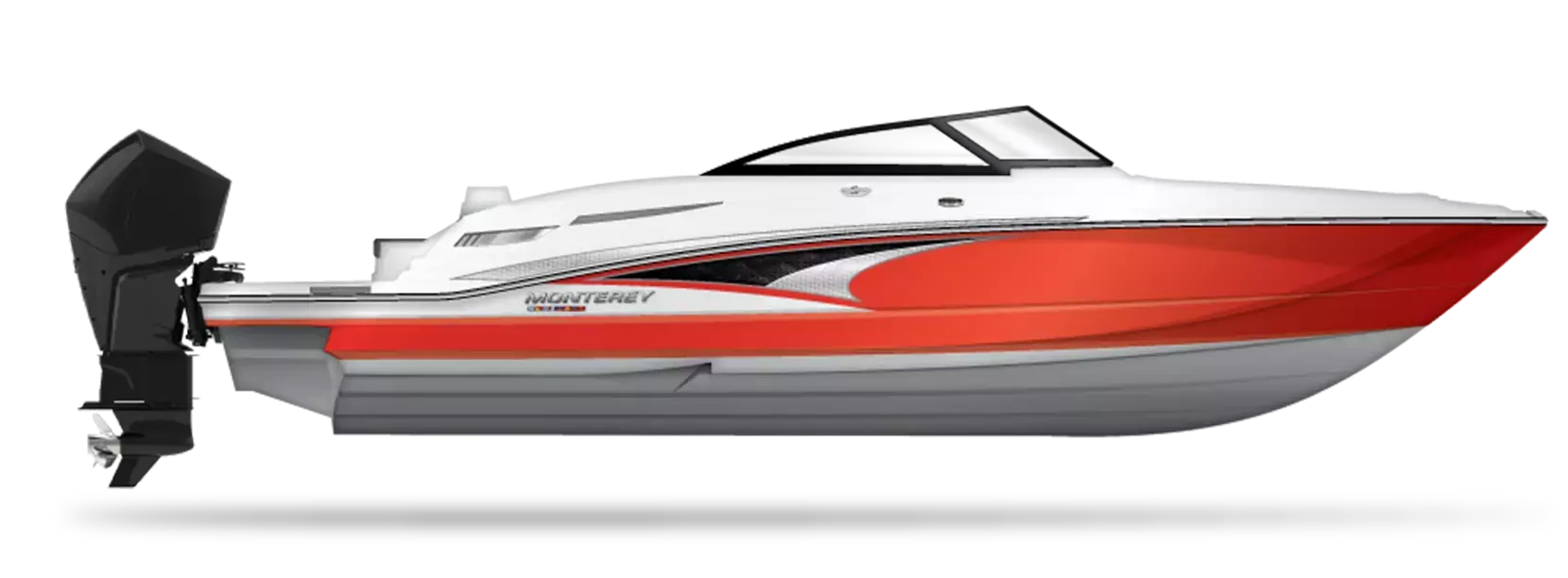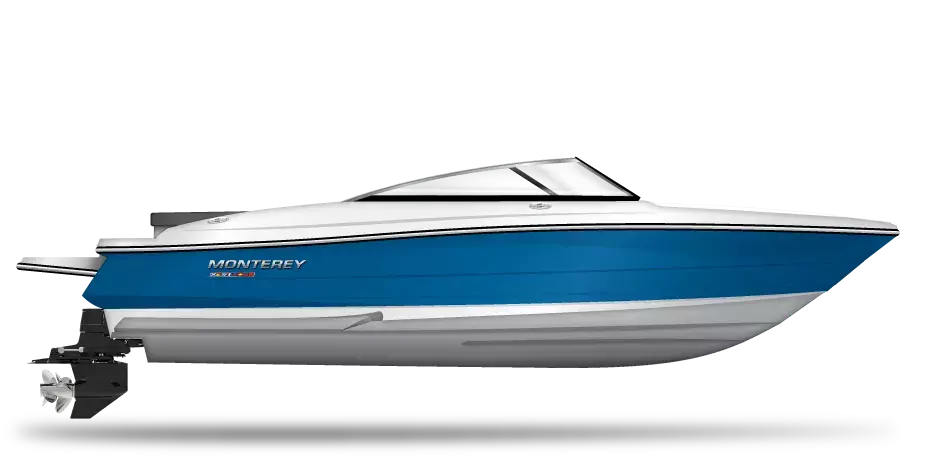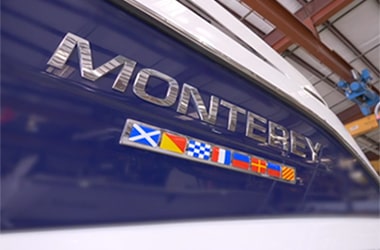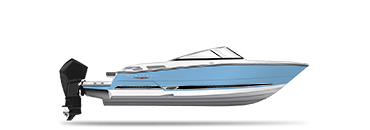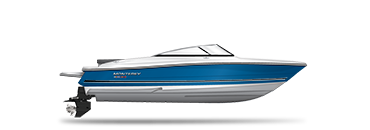Which Lifejacket is Right for You?
We all know we need to have working, Coast Guard approved personal floatation devices—or lifejackets—on our boat. But there’s more than just one kind of PFD. Here’s a quick reference tool to know what type you need, and what level of protection it offers.
Type I: Offshore lifejacket. This PFD provides the most buoyancy and is best for rough, open water, where rescue (if you need it) may take a while. It is designed to turn unconscious lifejacket wearers’ right side up in the case of an accident. Use a Type I device if you’re taking a long, far-from-shore trip.
Type II: Near-shore buoyant vest. This type is best for calm, inland water—where rescue will be quick. It will turn some unconscious wearers’ right side up but is not recommended for long, offshore trips as it is less bulky and durable. Type II is the least expensive device, and comes in many sizes.
Type III: Floatation aid. Like Type II, this one’s also good for calm, inland waters. It is meant to keep the wearer in a vertical position, but it may require him or her to tilt their head back, so it is not recommended for deep, rough waters. This type is often used for water sports and fishing.
Type IV: Throwable device. This device is required on boats 16 feet or longer. Often referred to as a life preserver, a Type IV device is meant to be thrown to someone in the water in case of an emergency.
Type V: Special use device. Use a Type V device only in certain, label-approved activities. Some versions can prevent hypothermia, while others are meant to offer a free range of movement, so consider what (if any) unique conditions you’ll be using this device in before you pick one up.
Inflatable PFDs. Inflatable PFDs are available in Types I, II, and III and serve the same respective purposes. They will not float unless inflated, and are not recommended for children or boaters who can’t swim; they are most often used when water impact is imminent, like in water sports, whitewater rafting, etc.
Remember—while the types vary and you should do your research before buying lifejackets for your boat, you must have the correct passenger-to-PDF ratio onboard and ensure that any special needs (such as specially-fitted PDFs for children) are met before boating.
If you are in the United States you can learn more about you specific state boat safety efforts by visiting the Safe Boating Campaign website here: http://www.safeboatingcampaign.com/wear-it-map.htm
Bookmark & Share
User Comments
Be the first to comment on this post below!
Previous Article
Next Article


